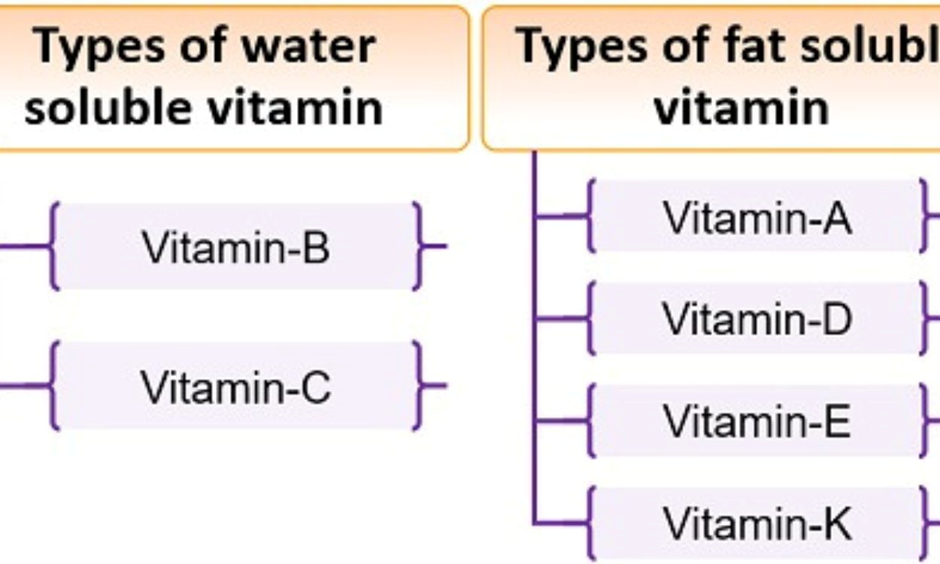A nurse is reinforcing teaching with a family member about how to position a client when administering enteral feedings at home. Which of the following statements from the family member should the nurse identify as an indication that he understands the instructions?
"I will allow the position my mother finds most comfortable during the feeding."
"I will turn my mother on her left side during the feeding."
"I will position the head of the bed 45 degrees during the feeding."
"I will elevate the head of the bed 10 degrees during the feeding."
The Correct Answer is C
A. "I will allow the position my mother finds most comfortable during the feeding."
This statement does not provide specific guidance on the proper positioning for enteral feedings. It's important to follow recommended positions to prevent complications.
B. "I will turn my mother on her left side during the feeding."
Turning the client on the left side is not a recommended position for enteral feedings. The head of the bed is usually elevated to 30-45 degrees to prevent aspiration.
C. "I will position the head of the bed 45 degrees during the feeding."
This is the correct choice. Elevating the head of the bed to 45 degrees helps prevent aspiration and facilitates proper flow of enteral feedings into the stomach.
D. "I will elevate the head of the bed 10 degrees during the feeding."
While some elevation is better than lying flat, the recommended angle is usually 30-45 degrees to minimize the risk of regurgitation and aspiration.
Nursing Test Bank
Naxlex Comprehensive Predictor Exams
Related Questions
Correct Answer is C
Explanation
A. "Sweating can occur with hypoglycemia."
Explanation: This statement is correct. Sweating is one of the common symptoms of hypoglycemia. When blood glucose levels drop too low, the body releases stress hormones, including adrenaline, which can lead to sweating.
B. "My son might complain of feeling shaky when he has a low blood glucose level."
Explanation: This statement is correct. Shaking or feeling shaky is a common symptom of hypoglycemia. It results from the release of stress hormones in response to low blood glucose.
C. "My son might have nausea and vomiting with hypoglycemia."Nausea and vomiting are more commonly associated with hyperglycemia, especially in diabetic ketoacidosis (DKA). They are not typical signs of hypoglycemia.
D. "The onset of low blood glucose usually occurs rapidly."Hypoglycemia often has a rapid onset, especially with missed meals or increased activity.
Correct Answer is B
Explanation
A. Vitamin A:
Solubility: Fat-soluble, not water-soluble.
Explanation: Vitamin A is a fat-soluble vitamin.
B. Vitamin C:
Solubility: Water-soluble.
Explanation: Vitamin C is water-soluble and plays a crucial role in collagen synthesis, immune function, and antioxidant activity.
C. Vitamin E:
Solubility: Fat-soluble, not water-soluble.
Explanation: Vitamin E is a fat-soluble vitamin with antioxidant properties.
D. Vitamin D:
Solubility: Fat-soluble, not water-soluble.
Explanation: Vitamin D is a fat-soluble vitamin that plays a key role in calcium absorption and bone health.

Whether you are a student looking to ace your exams or a practicing nurse seeking to enhance your expertise , our nursing education contents will empower you with the confidence and competence to make a difference in the lives of patients and become a respected leader in the healthcare field.
Visit Naxlex, invest in your future and unlock endless possibilities with our unparalleled nursing education contents today
Report Wrong Answer on the Current Question
Do you disagree with the answer? If yes, what is your expected answer? Explain.
Kindly be descriptive with the issue you are facing.
